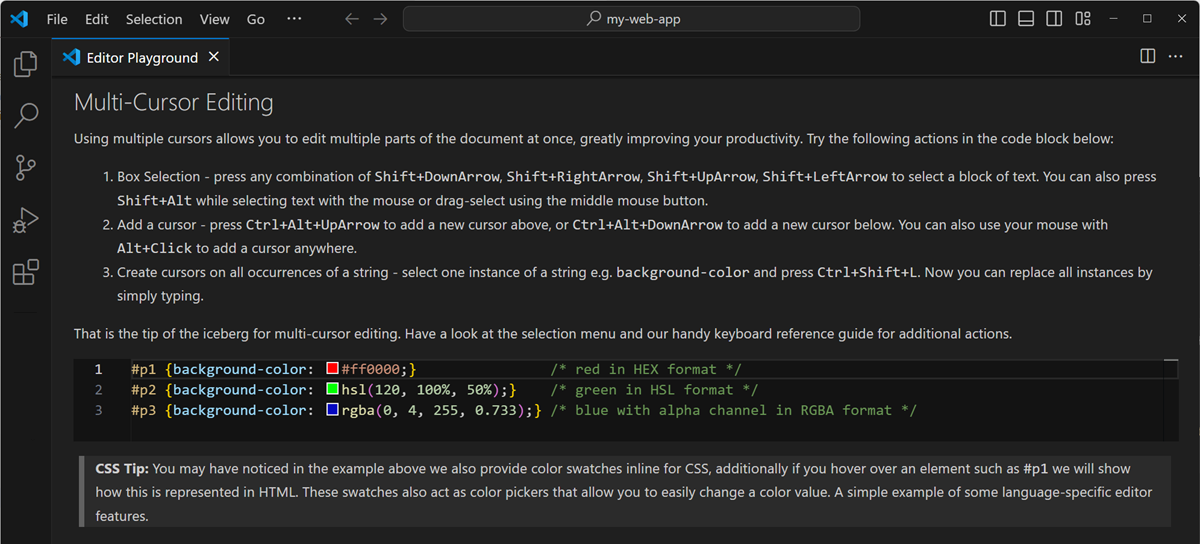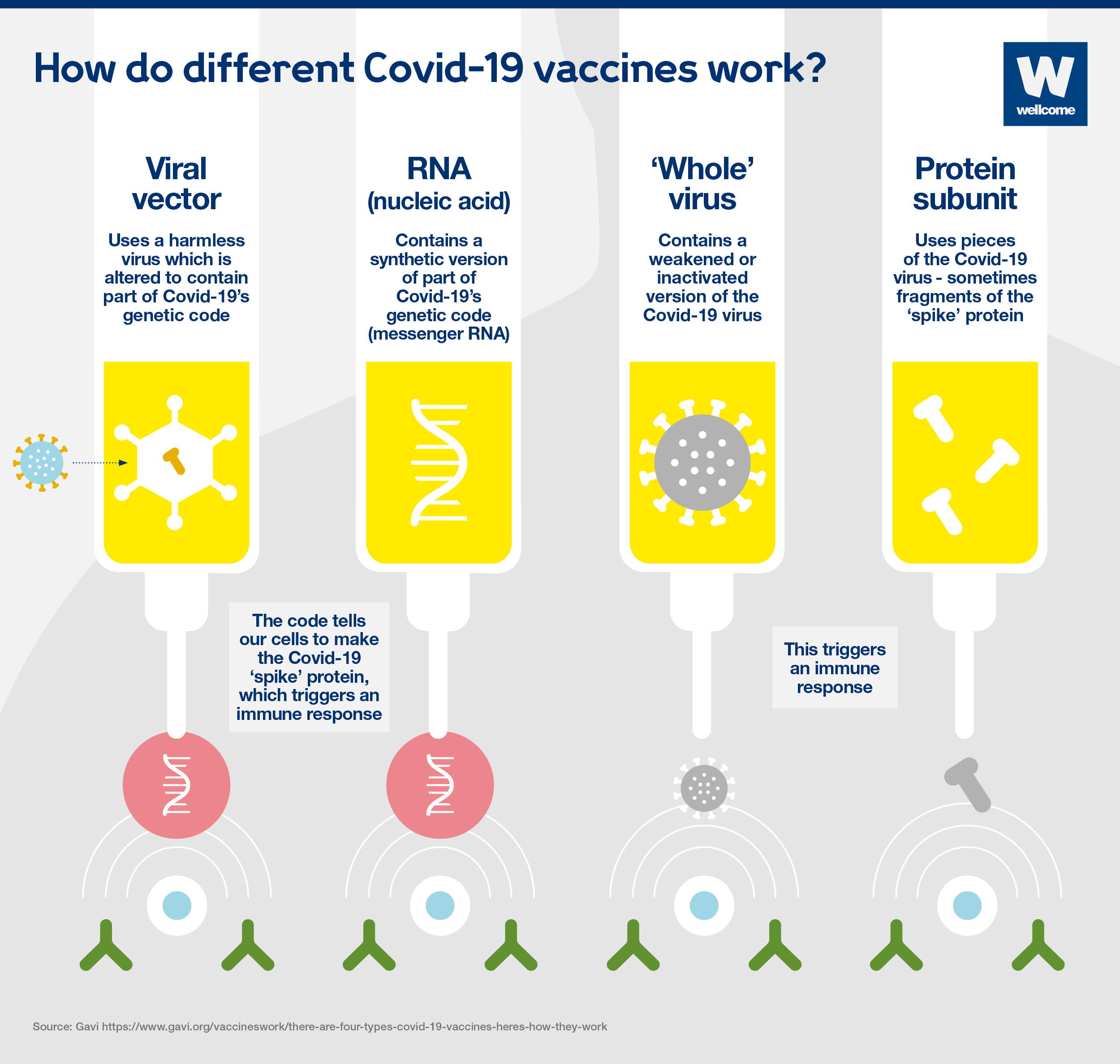


But what does each of these categories actually stand for in literal terms?Ī Dyson Sphere (Credit: Slawek Wojtowicz) Kaku tends to believe that, all things taken into consideration, we will reach Type I in 100 – 200 years time. Since we still sustain our energy needs from dead plants and animals, here on Earth, we are a lowly Type 0 civilization (and we have a LONG way to go before being promoted to a type I civilization). These additions consider both energy access as well as the amount of knowledge the civilizations have access to.įirst, it is important to note that the human race is not even on this scale yet. Other astronomers have extended the scale to Type IV (10⁴⁶W) and Type V (the energy available to this kind of civilization would equal that of all energy available in not just our universe, but in all universes and in all time-lines). It has 3 base classes, each with an energy disposal level: Type I (10¹⁶W), Type II (10²⁶W), and Type III (10³⁶W).

If you used this type again and passed a different generic // then different keys would be required.The scale was originally designed in 1964 by the Russian astrophysicist Nikolai Kardashev (who was looking for signs of extraterrestrial life within cosmic signals). In fact, declaration of each instance method or property that will be used by the class is mandatory, as this will be used to build up a type for the value of this within the class.īut what if we couldn’t use the class keyword for some reason? How would we make an equivalent structure? Is it even possible? To answer these questions, let’s start with a basic example of a TypeScript class: class Point // This object must include all the keys present in fruitCodes. Most notably, it allows for non-method properties, similar to this Stage 3 proposal.

It has roughly the same syntax as the ES2015 class syntax, but with a few key distinctions. In TypeScript, the class keyword provides a more familiar syntax for generating constructor functions and performing simple inheritance. If you find yourself having trouble with some of the concepts discussed in this article, try reading through the Definitive Guide to TypeScript first to make sure you’ve got a solid understanding of all the basics. Once we know more about how TypeScript really works, we can leverage this knowledge to write cleaner, well-organized code. While TypeScript is very simple to understand when performing basic tasks, having a deeper understanding of how its type system works is critical to unlocking advanced language functionality. This article describes the features and functionality of TypeScript 4.2.


 0 kommentar(er)
0 kommentar(er)
